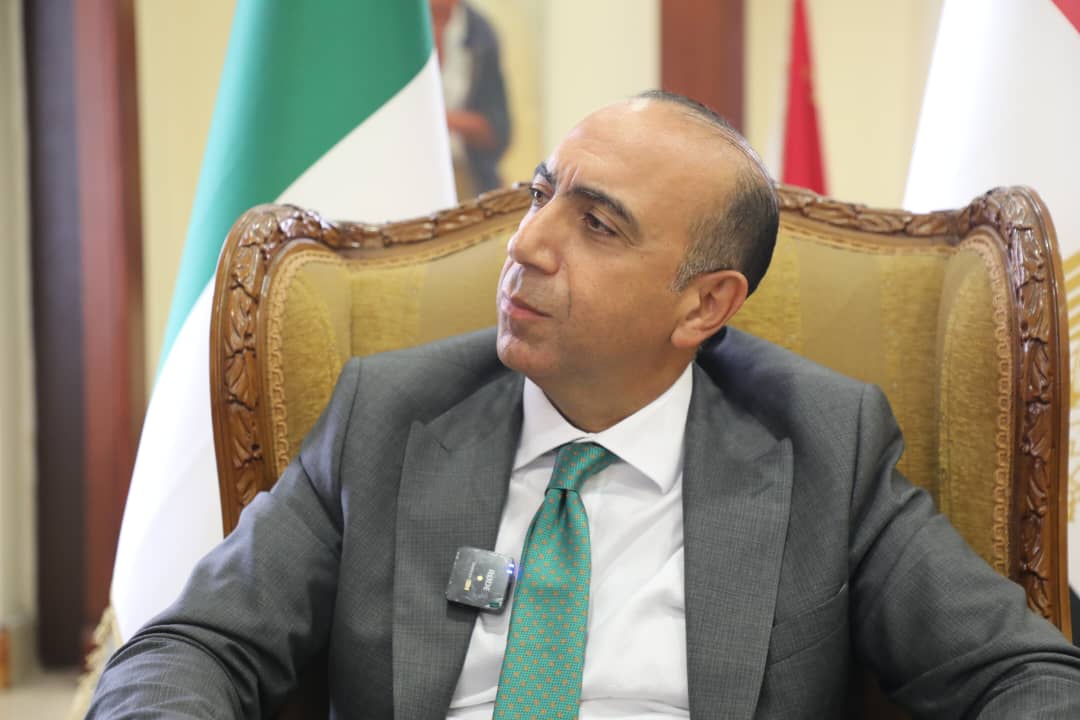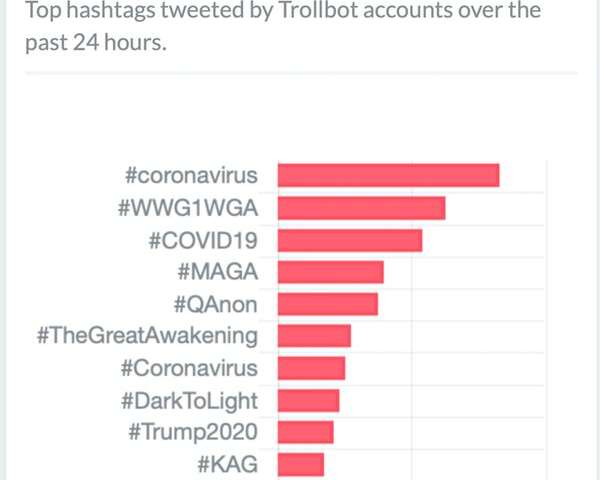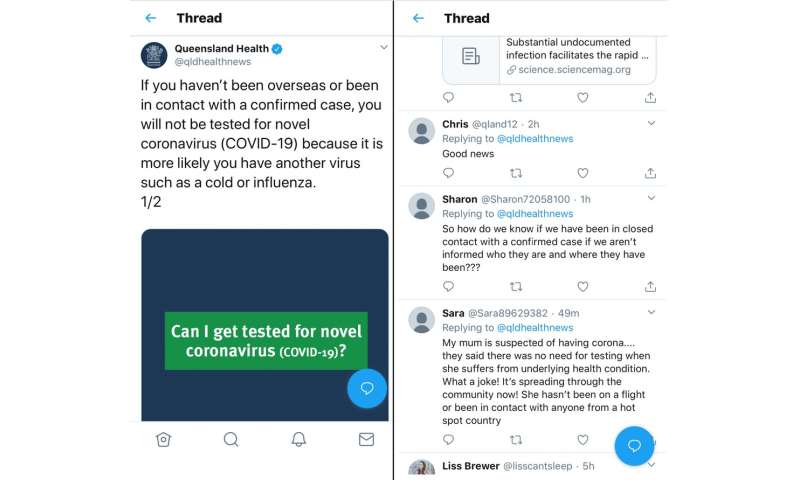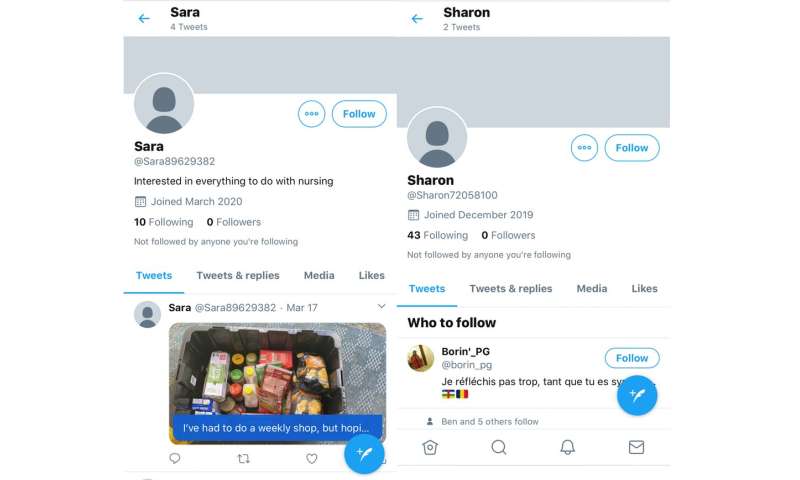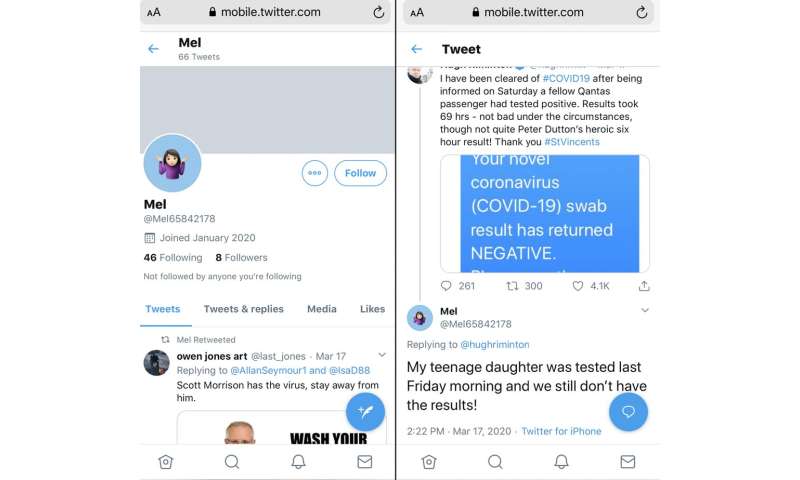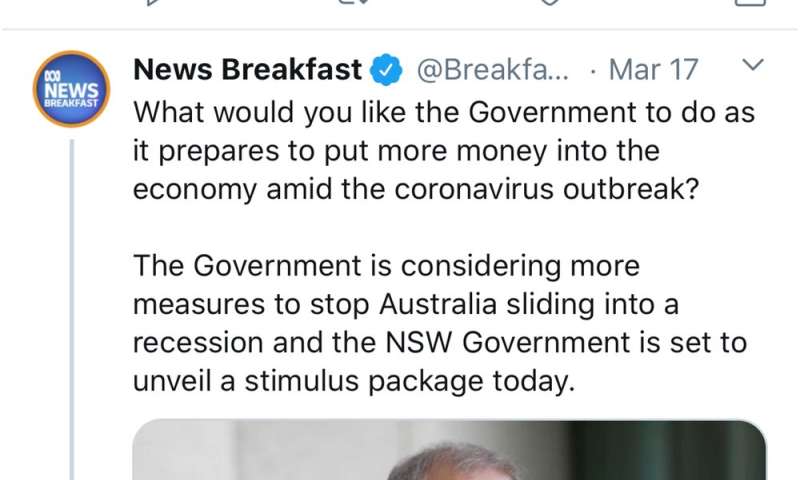Despite warnings from Lysol and health officials, poison control centers saw a spike in activity in the days following the president's remarks.
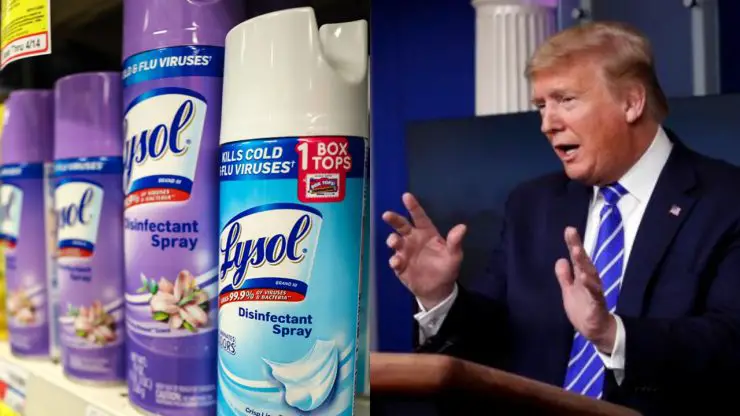
(TMU) — This week, everyone has been talking about comments made by US President Donald Trump at one of his regular coronavirus press briefings.
During the press conference, Trump tried his best to describe a variety of experimental treatments that he wants his administration to explore, but his descriptions of the potential treatments were extremely clumsy and gave the impression to many people that common “disinfectants” could be ingested or injected to cure the coronavirus.
He also made a quick remark about how UV light could kill the virus, and while there is a legitimate scientific basis for this claim, it was once again represented by the president in a very clumsy way, in his typical style of unscripted “hot takes.”
Of course, Trump’s supporters have rushed to his defense, insisting that his comments were misconstrued by the media, reaching to point out a variety of different alternative treatments that might align with his comments. However, he did not mention any of these treatments by name, and did not give any specifics about the actual research, and instead used vague terms like “disinfectant,” which has a very specific colloquial meaning for most Americans.
Do NOT inject or consume ANY disinfectants in an attempt to kill COVID19.
— Sam Ghali, M.D. (@EM_RESUS) April 23, 2020

“And then I see the disinfectant, where it knocks it out in a minute. One minute. And is there a way we can do something like that, by injection inside or almost a cleaning? Because you see it gets in the lungs and it does a tremendous number on the lungs. So it would be interesting to check that. So, that, you’re going to have to use medical doctors with. But it sounds, it sounds interesting to me.”

When he was later questioned about his comments following the backlash, Trump said that he was just being sarcastic, and playing games with the media.
“I was asking a question sarcastically to reporters like you just to see what would happen,” Trump said.
While his supporters insist that his message were clear, it appears that some people took his comments literally, and trusted his advice enough to ingest dangerous amounts of household cleaners.
Please don't eat tide pods or inject yourself with any kind of disinfectant.
If you do need help with #COVID19 issues, we have lots of resources at https://t.co/C4x8jjWL0x
Just don't make a bad situation worse.
— WA Emergency Management (@waEMD) April 23, 2020

Despite warnings from local health departments, and an announcement from Lysol telling its customers not to drink or inject bleach, poison control centers around the country saw a spike in activity in the days following the president’s remarks.
Reminder: Lysol disinfectant and hygiene products should only be used as directed and in line with usage guidelines pic.twitter.com/yPVhvINxbU
— Lysol (@Lysol) April 24, 2020
According to an NBC affiliate in New York City, the city had 30 exposure calls in the hours after the president’s press conference, nine of those calls were specifically about Lysol, ten were about bleach and 11 were about other household cleaners. This is reportedly more than double the number that the center recorded this time last year, where only 13 calls happened in that same period, only 2 involving bleach, and none including Lysol. Luckily, none of the calls this week resulted in death or hospitalization.
Some of this increase from last year can be attributed to the fact that more people are at home and dealing with cleaners. Even before Trump’s comments, poison control centers in Kentucky and other areas were reporting higher rates of poison control calls, mostly relating to children. However, poison control centers have had an especially busy week following the president’s remarks.



 . Not sure if this is
. Not sure if this is 
